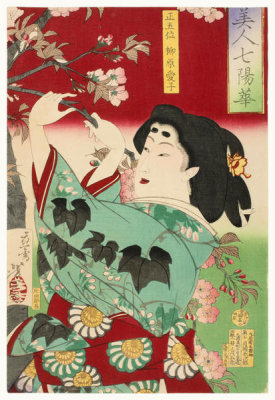Artists
Every Custom Prints order supports the Philadelphia Museum of Art.
Subjects
Prints and framing handmade to order in the USA.
Theme and Style
Individually made-to-order for shipping within 10 business days.




